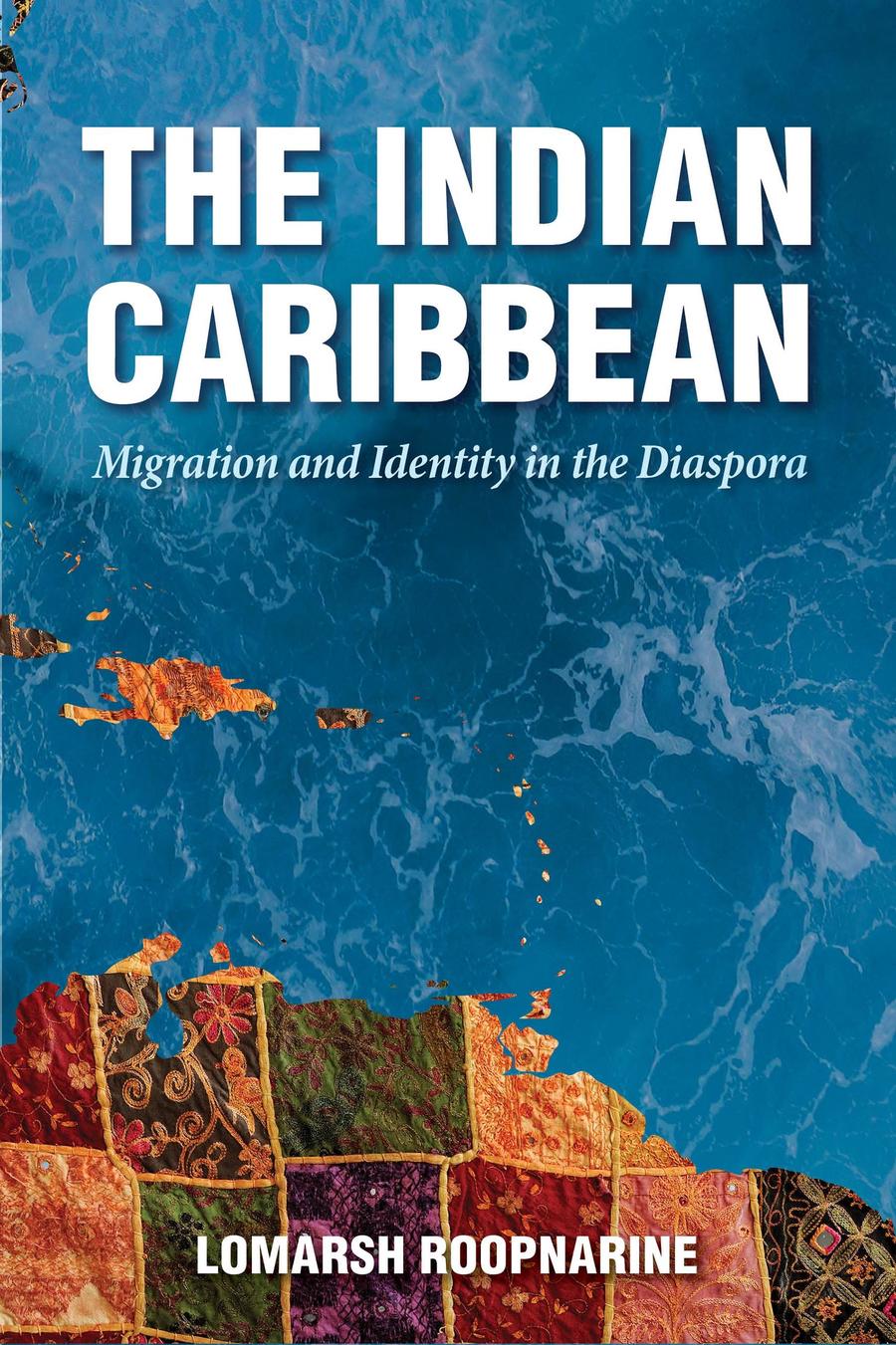Chinese Cubans: A transnational history by Kathleen Lopez (review) [Roopnarine]
Journal of Colonialism and Colonial History
Volume 15, Number 1, Spring 2014
DOI: 10.1353/cch.2014.0018
Lomarsh Roopnarine, Associate Professor of Latin American and Caribbean History
Jackson State University, Jackson, Mississippi
López, Kathleen, Chinese Cubans: A Transnational History (Chapel Hill: University of North Carolina Press, 2013)
Without a doubt, the literature on Cuba since the mid-nineteenth century to contemporary times has primarily focused on Cuban wars of independence, the abolition of slavery, the United States of America’s involvement and domination and Fidel Castro’s revolution and socialism. Spanish Whites, Black Africans and Mulattos have been the main ethnic groups discussed. Cuban Chinese have largely been unexplored, save for the period 1847–74, when they were introduced as indentured “Coolies.” Kathleen López tries to rescue Cuban Chinese from their marginalization in Cuba’s national discourse by examining and expanding on their history. She takes a transnational approach and shows how Chinese in Cuba have maintained meaningful connections with their homeland and other Chinese in the United States and Peru. She also demonstrates how racial ideologies, class stratification, gender imbalance among the Chinese and Castro’s socialist doctrines converged to shape Chinese presence in Cuba. The end result is a rich narrative of Chinese struggle, participation, and contributions to Cuba.
López divides her book into three neat sections. The first section, “From Indentured to Free,” is really a journey of why and how the Chinese were brought to Cuba and their subsequent treatment on the sugar plantations. Lopez paints a sad picture of how Chinese were manipulated and deceived into leaving their homeland and worked as indentured laborers in Cuba. The Chinese were told that they would be wage-laborers, but in reality their employers treated them like African slaves. Some Chinese resisted their deplorable working and living conditions, but a majority of them served out their contracts, drifted into noncontractual plantation employment and became fruit and vegetable vendors. As they earned wages, they also “participated in the social and cultural life of the towns and helped to build the foundations for Chinese communities in Cuba” (81). However, the “planting of their roots” in Cuba was not without challenges. The Chinese were exposed to bouts of discrimination and cultural ridicule from the wider Cuban society and suffered from internal schisms within their own society, particularly between the second wave of business elites and the former indentured “coolies.” Yet, they persevered.
The second section, “Migrants between Empires and Nations,” is an analysis of how Chinese Cubans gradually practiced selective assimilation within a class- and race-conscious plantation society, while simultaneously maintaining their own culture and identity. They formed a series of international and national associations, which they used as a base to build solidarity and to participate in Cuban society. The result was impressive. Chinese Cubans were involved in the building of modern Cuba. They fought in many wars and sided with and supported the independence movement. Readers may be surprised at the magnitude of Chinese participation in Cuba from the 1890s to 1959. Their participation might have emanated from their desire to be Chinese Cuban, but anti-immigration laws and anti-Chinese sentiments in Cuba and the Western Hemisphere as well as political turbulence in their homeland might have also pushed them to be more proactive in their new homeland. Whatever the reasons for their participation might have been, Lopez provides an excellent narrative of Chinese Cubans as freedom fighters, rebels and nation-builders as never depicted before.
The third section, “Transnational and National Belonging,” describes a dramatic turn in the general welfare of Chinese in Cuba, precipitated by the overthrow of the nationalist government in China (1949) and the introduction of socialism in Cuba (1959). Both events affected the Chinese community in Cuba. Many Chinese fled the new communist government in China, and relations between China and Cuban Chinese broke down. Ten years later, Fidel Castro toppled the US-backed regime in Cuba and embarked on a socialist journey for Cuba. However, communist China and socialist Cuba were at odds with each other since Cuba leaned towards the Soviet Union. These complex international events had an enormous impact on the Chinese in Cuba. Castro nationalized and disallowed private businesses, and as a consequence, almost all aspects of Chinese life deteriorated and declined, including their businesses, their associations, and their numbers—the latter through mass migration. However, efforts have been made to restore Chinatown and other Chinese communities in Cuba.
The strength of this book lies…
